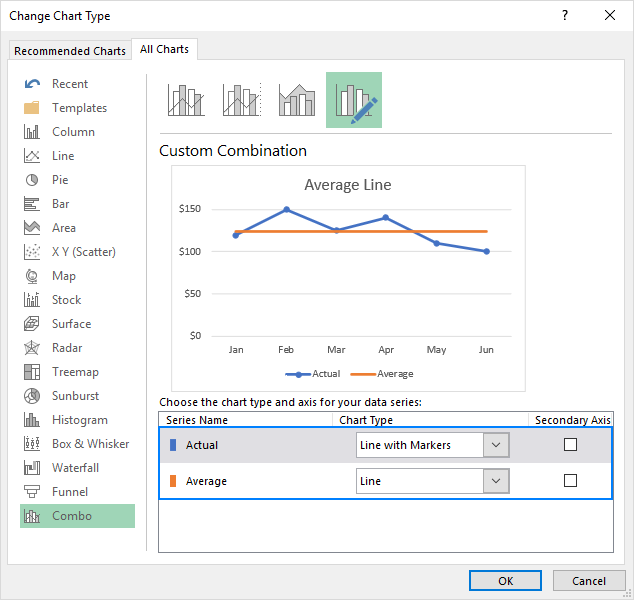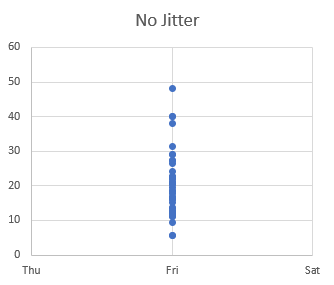
Try various spacing options and see which one you (and your boss and viewers) like the best. Reduce the Gap Width from 150% to 30 to 50% for regular bar charts and from 150% to 5 to 15% for histograms. Gap Width is a jargony name that simply refers to the size of the spacing or gap in between the columns. Excel’s default setting is typically around 150%. In the drop-down menu, select Format Data Series. Step 1. Right-click on any of the colored bars. Let’s reduce that spacing! There are only two steps. Our eyes are supposed to see the distribution as a seamless, unified shape rather than as a bunch of distinct bars. Histograms, in particular, are supposed to be smushed together. This huge space looks odd in a regular bar chart and horrible in a histogram.

If each bar is 1 centimeter wide, then the space between the bars will be 1.5 centimeters wide. What’s with all that empty white space in between the vertical bars?!īy default, Microsoft Excel spaces the bars 150% apart from each other. … but your chart still looks weird because the bars are so far apart.

You carefully formatted your histogram: you removed the border, lightened the grid lines, wrote a descriptive title and subtitle, selected custom RGB color codes, and called attention to a section of the graph with the saturated action color… Let’s pretend you’re graphing age distributions for a given county.

You can also turn it into a logarithmic scale.Wondering how to widen the bars in your bar or column chart? Or how to move the bars or columns closer together? This tutorial is for you! But if the variable in the vertical axis decrease, it’s negative.īecause the horizontal axis is a value axis, scaling it is possible. If the variables on both axes increases, it denotes a positive trend or correlation. If not, as in cases where the other variable is time (or periods of time), a line graph would do.īecause scatter plots show the correlation between the variables, they’re also a good tool to spot trends. If the variables are numeric, a scatter plot is a good choice to visualize the data. The variables being observed are numeric. Like our example above, you can see a correlation where an increased in pageviews results in an increased in sales.Ģ. However, if there’s a correlation, positive or negative, a diagonal arrangement (resembling a line) of the points can be observed.

If there’s no correlation, the points on the chart appear scattered. The main purpose of a scatter plot is to show the correlation between the variables. Showing the correlation of the variables. Here are a few points of when to use a scatter plot:ġ. Some of the charts and graphs in Excel have overlapping uses.


 0 kommentar(er)
0 kommentar(er)
